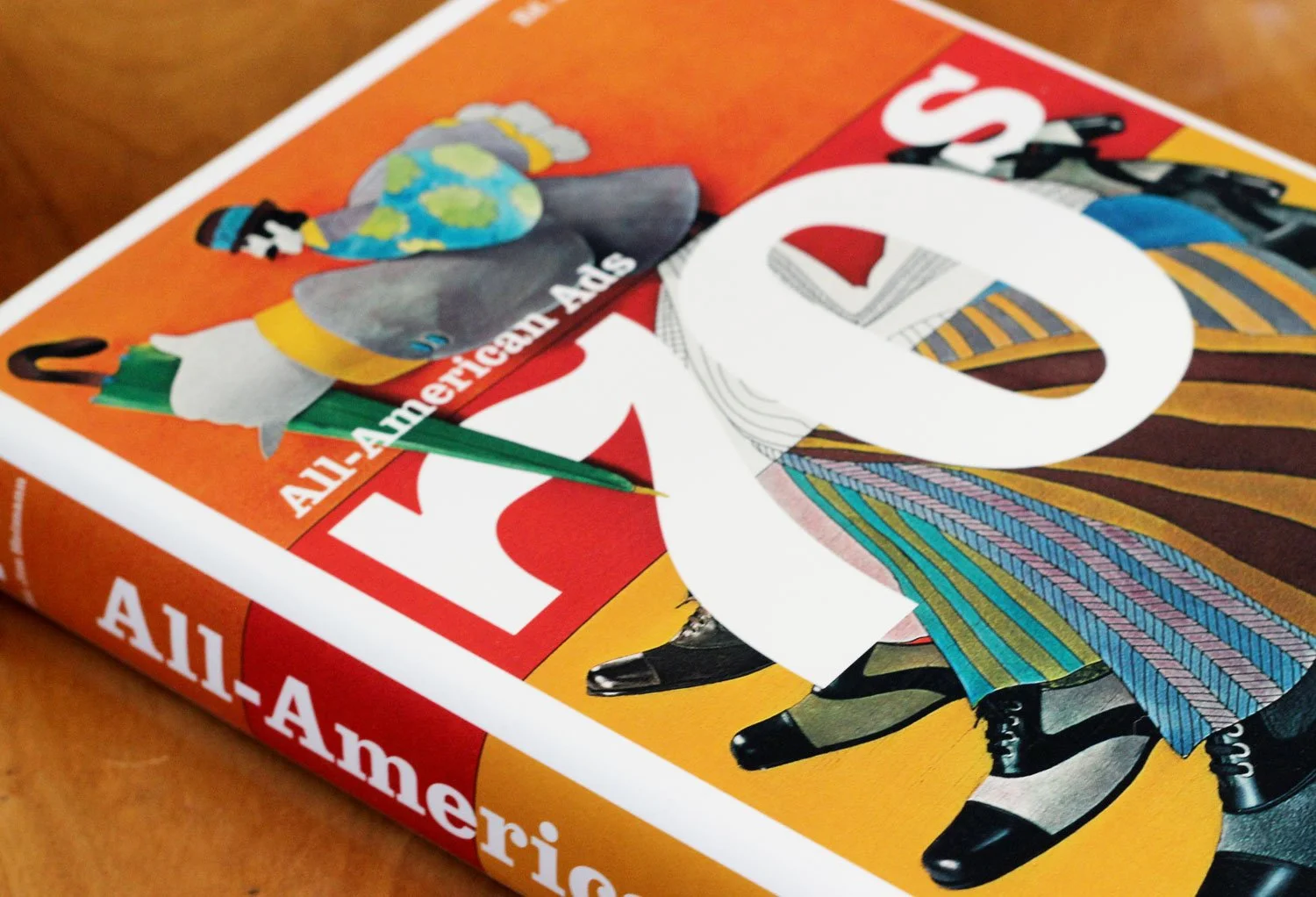1970s Style History
The 1970s contained dual personalities of folkish charm and mod space-age inventiveness. Natural arts, natural materials and new age studies were popular among certain circles.
The Seventies were an eclectic mix of earth tones, bold graphics, faux wood paneling, and shag rugs. Macramé and other handicrafts were popular, and evolved from the grassroots hippie movement that countered against consumerism.
At the same time, plastics were trendy; bean bag and inflatable chairs were prevalent, along with their opposites - pine and wicker furniture, and the hanging basket chair.
As someone who grew up in the 70s, this decade and style holds a special place in my heart but that doesn’t mean I love it just for sentimental reasons. I think the 70s were one of the most stylish eras, one that, in my opinion, holds it’s own against the preceding decade of the 60s - and that’s saying a lot.
Even 70s clothing could be ultra cool. I’m not talking about polyester leisure suits, though they did abound. But think back to the styles shown in movies like Three Days of the Condor or The Eyes of Laura Mars. Classic 70s.
The 1970s: Earthbound Dreams and Space-Age Gleam
The 1970s was an era that danced between two worlds — one rooted in nature, handcraft, and the earth, and another that shimmered with futuristic optimism. The result was a decade of contrasts and collisions: macramé and Mylar, terracotta and chrome, wicker and Lucite. It was a time when people sought both comfort and experimentation, warmth and wonder — and somehow managed to have all of it under one orange-tinted lampshade.
1970s Color Palette - a mix of earth tones and bright pops.
Color and Pattern
The 1970s palette was richly tactile and boldly emotional. Earthy tones ruled the home: ochre (aka ‘Harvest Gold’), avocado green, burnt orange, mustard yellow, and chocolate brown. Yet against this natural base came accents of metallic silver, high-gloss black, and neon brights, inspired by the space race and disco culture.
Wallpaper bloomed with oversized florals, paisley swirls, and geometric repeats. Shag rugs* and long-pile carpets added softness underfoot, while patterned drapes and patchwork quilts filled rooms with visual rhythm and a sense of cozy abundance.
*Who else grew up in a household where the shag rug required raking?
Mod, geometric wallpaper. It’s navy, creamy-grey and pale taupe with bits of sparkle woven through. This is the wallpaper I have in a guest bathroom. I can’t recall where I bought it from or the name, unfortunately.
The ubiquitous ‘Peacock’ style rattan chair and mod furniture designed in earlier years but very present in the 70s. The ‘Cesca’ style cantilevered chrome chair (far right) was created in 1928 by Marcel Breuer but was everywhere in the 1970s, and remains popular today (thought not as prevalent as it was during that decade).
Furniture and Form
Two design languages coexisted. The “earthy bohemian” favored hand-woven wicker chairs, rattan peacock thrones, carved teak tables, and low-slung brass beds — interiors filled with houseplants, bead curtains, and incense smoke. Meanwhile, the “space-age modernist” world gleamed with molded acrylic chairs, tubular steel frames, smoked-glass tabletops, and the iconic chrome arc floor lamp. The decade’s inventiveness made room for everything from bean-bag chairs to modular sofas — relaxed, adaptable, and perfectly suited to the era’s free-flowing lifestyle.
Two ads from the 1970s featuring the space-age look in furniture. These examples are part of a book called ‘All-American Ads 70s’ published by Taschen and edited by Jim Heimann. It’s fun to look through and if you grew up in this era you’ll recognize many of them. Some are more than a little risqué, it has to be said. They are organized in categories such as car, food, interiors, ‘adult’ products etc.
Cover of the book, ‘All-American Ads 70s.’
Objects of the Future (and the Fantastic)
Every shelf seemed to host a playful invention: the Panasonic Toot-a-Loop radio coiled like a toy from Mars, the Eero Aarnio Bubble Chair suspended like a space pod, and the lava lamp pulsing with molten color. Designers embraced plastic in transparent, jewel-like hues, while artisans revived pottery, tie-dye, and batik in warm, organic textures. It was a celebration of both human handcraft and human imagination.
Mother Earth, Nature motifs in pottery
The Dual Spirit of the Seventies
This was, ultimately, the decade that balanced peace signs with push-buttons. It reflected a generation who dreamed of harmony with the earth yet also gazed skyward toward the stars. A single living room might contain both a hanging fern and a mirrored disco ball — proof that the 1970s never chose one world over the other. It created its own.
From my card Style Periods collection. These are for sale on my card page but I’m in the process of re-doing all these designs.
Recreating the 1970s Look Today
To bring the spirit of the ’70s into a modern space, balance the organic with the otherworldly. Start with earthy textures — a woven rug, a rattan chair, or a rough ceramic lamp base. Add warm, retro colors like ochre, rust, and sage. Then introduce a futurist accent: a chrome arc lamp, a lucite side table, or a mirrored surface to catch the light. Look for playful shapes — mushroom lamps, globe pendants— and don’t shy away from pattern.
The magic lies in the mix: hand-thrown pottery beside molded plastic, macramé against metal, abstract art on a teak shelf. The ’70s, after all, were never about matching — they were about mood, freedom, and that unmistakable sense of creative adventure.
Think bohemian meets eclectic meets mod - the 70s, like all decades, still contained a bit of the previous years, in this case the 60s, but also began to move towards the next (1980s).








